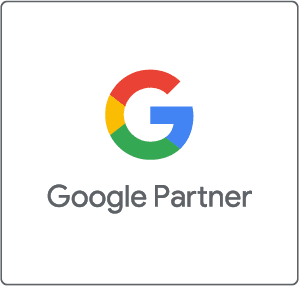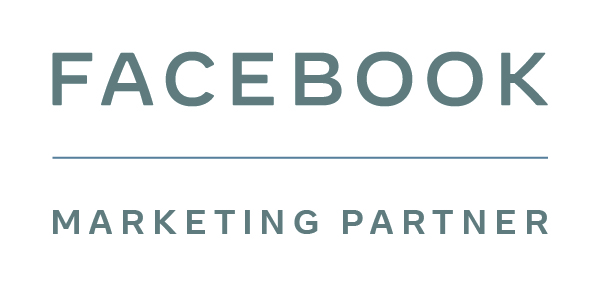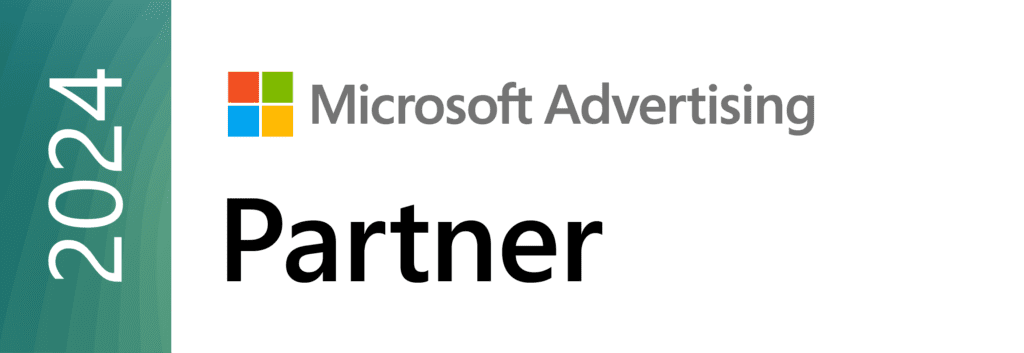New stories about Artificial intelligence (AI) hit the headlines most days, and not always for positive reasons. Some focus on concerns that the technology will cause the loss of many jobs, whilst last week the BBC reported claims that the work of famous authors had been used without permission by Meta to train their latest AI.
There is no doubt trepidation about AI in certain sectors, but the fact remains that its transformative powers can revolutionise processes. The benefits of this are vast in the ecommerce sector, as human employees can focus on the more complex areas, speeding up projects and delivering growth more quickly and cost-effectively.
I believe ecommerce businesses are definitely some of those that stand to gain the most from AI, and at Fluid Commerce, we have already started to introduce it into our development work for B2B clients. Using AI has significantly increased the speed at which our clients can take their products to market, but it is only half of the story.
 Crucial to our rapid deployment product Portal, which allows B2B companies to launch their ecommerce website in two weeks or less, is our partnership with Corefinity, our specialist ecommerce hosting provider.
Crucial to our rapid deployment product Portal, which allows B2B companies to launch their ecommerce website in two weeks or less, is our partnership with Corefinity, our specialist ecommerce hosting provider.
Pairing with Corefinity has given us the ability to spin up new ecommerce hosting environments within minutes. This allows our expert Magento developers to jump straight into the complexities of the project, writing code and configuring Magento, without the usual hosting provisioning delays. On average, provisioning previously took around two weeks.
Not only is the Corefinity solution incredibly fast, but it also has the technology that allows us to integrate the it into our systems, and fully automate the setup, including full REST API. By simply entering a project name and URL into our Portal interface, we have the environment configured and available in minutes. Combining this with our “AI Portal site generator” we can create a fully branded B2B customer portal in one of the fastest times available in the B2B ecommerce market.
For us at Fluid Commerce, AI is an exciting development that offers tangible benefits to our clients in terms of the speed and efficiency of our development projects. However the relationship with the expert team at Corefinity, and what they are able to contribute, is just as important.
AI is a revolutionary tool that is here to stay, but I also believe that collaborating with other specialist companies, for the benefit of our clients, will never not be crucial.
Ready to find out more?
We are always happy to speak to B2B ecommerce businesses, without obligation, about how AI can help them to grow their revenue. If this sounds like you, email me on [email protected], or fill out a contact form at the bottom of this page.
Find more information about our B2B accelerator product Portal, which is available on Magento and Adobe Commerce, by clicking the links.





